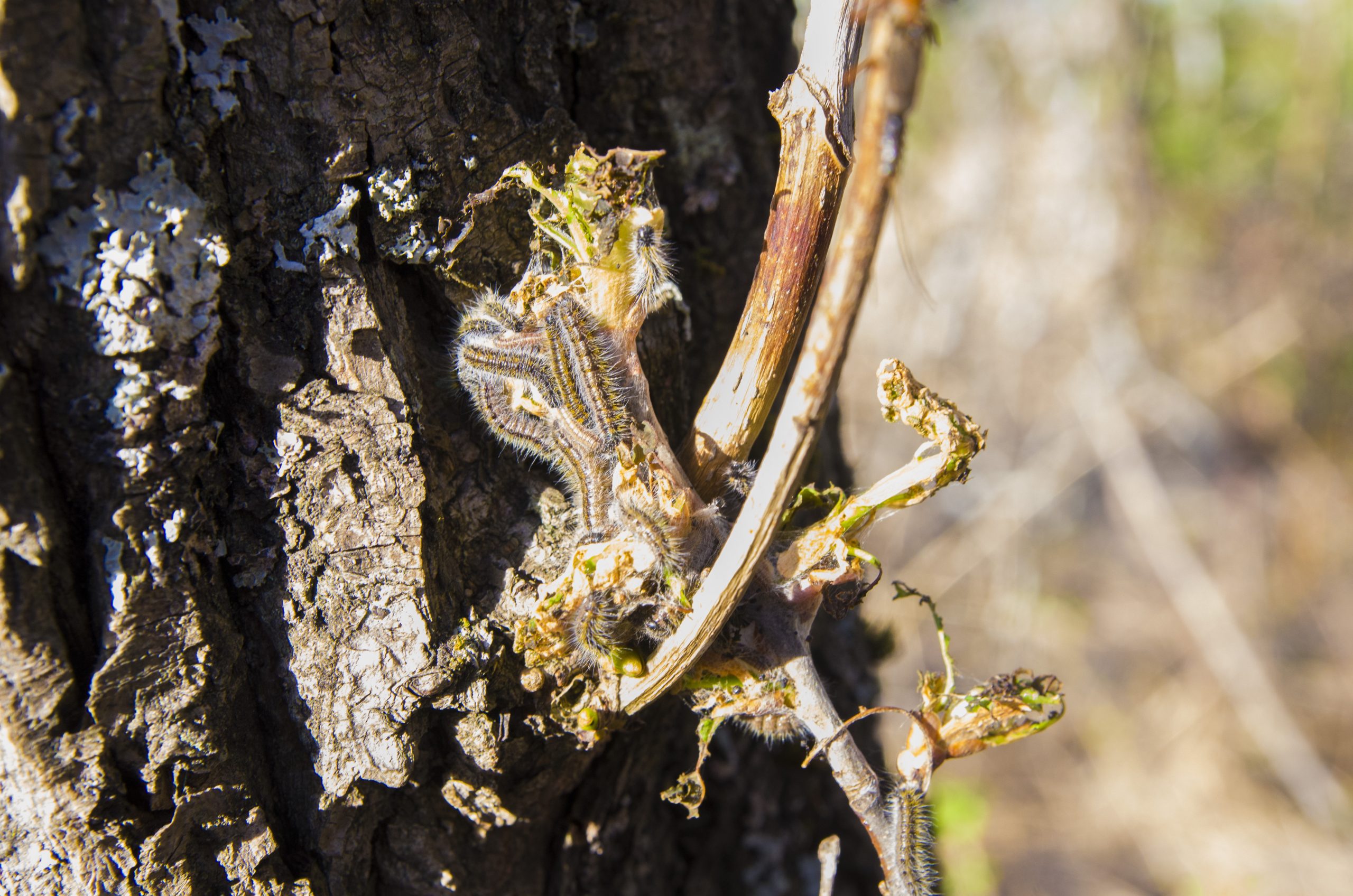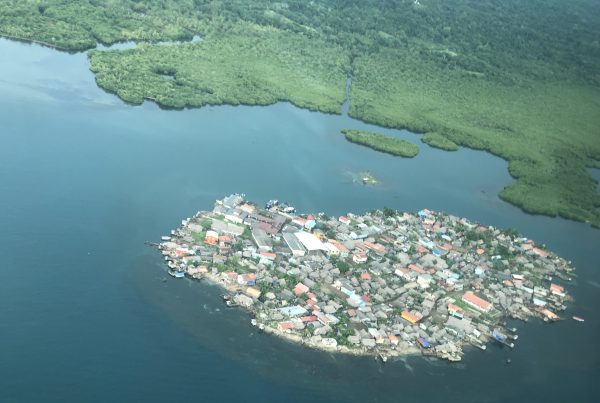Indigenous monitoring has made it possible to document an increase in the distribution of alien species across the Arctic and Siberia. One such species is the silk moth—one of the most dangerous insect pests—which is currently moving northwards. Silkworms are difficult to find and indigenous people are playing a critical role by alerting officials to new sightings.
Caterpillars of the silk moth destroy coniferous forests, and hundreds of thousands of hectares of Russian forests have already been destroyed over a short period1. In affected areas, there are no more birds and no food left for animals (including reindeer). The infected trees have to be cut down, and the profits from this go to the timber companies, many of which are Chinese. Traditional community lifestyles, land use and spiritual practices are impacted because the communities can no longer use these areas.
All of Siberia is facing an unprecedented invasion of silk moths and millions of hectares of valuable coniferous plantations and forests have already been destroyed. Silkworms have now been documented as far north as Yakutia (latitude 62°N), where the temperature ranges from +38°C to –64°C. Scientists have confirmed the findings of indigenous peoples that the spread of silk moths is due to the increasing occurrence of hot, dry weather, which is favourable to silk moth reproduction and which has also resulted in fires over huge areas of the Siberian taiga. The main driver of silk moth invasion is climate change and the lack of transboundary control (for example, in relation to the timber trade).
More information
For further information on this case, see: Ministry of Natural Resources and Environment of the Russian Federation – The statute on the Ministry of Natural Resources and Environment of the Russian Federation: General provisions
Silk moth caterpillars cause significant damage to conifers. Credit: Pavel Komogorov.
Author
- Polina Shulbaeva, Centre for Support of Indigenous Peoples of the North
Ecosystems
- Boreal forests
Topics
- Mapping and monitoring
- Invasive alien species
Type
- Short-form
Date
- This case study forms part of LBO-2, originally released in 2020.
References
- Russian Ministry of Nature – On the State and Environmental Protection of the Russian Federation



